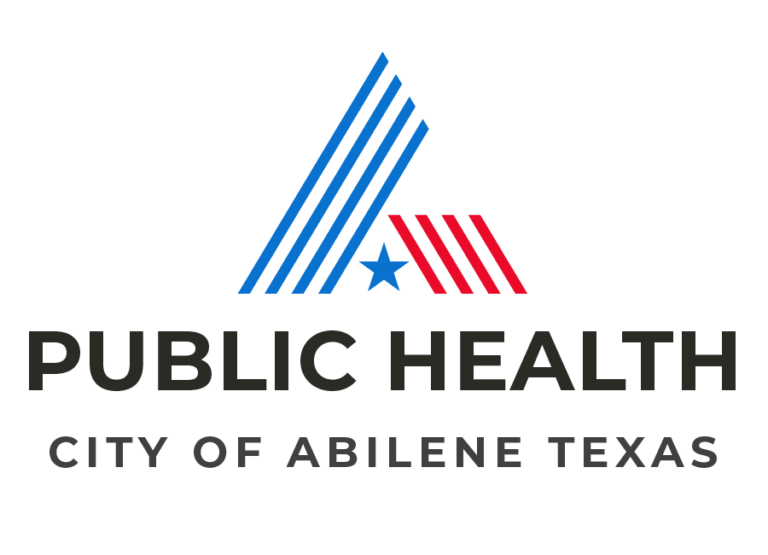What are health outcomes?
- Health outcomes are a snapshot of the overall health of an area. They represent the physical and mental well-being of community residents that directly affect a person’s quality of life and length of life. Some examples of health outcomes include: obesity, cancer, kidney disease, high blood pressure, high cholesterol, and diabetes.
What are chronic diseases?
- Chronic diseases are medical conditions that last at least 1 year and require ongoing medical attention. Many times, chronic diseases limit a person’s ability to perform daily activities. In the United States, risk behaviors like tobacco use, exposure to secondhand smoke, poor nutrition, physical inactivity, and excessive alcohol use contribute to many chronic diseases. Examples of common chronic diseases in the United States are: heart disease and stroke, cancer, diabetes, obesity, and chronic lung disease.

Explore the Data
Menu
Leading Causes of Mortality
Quick Facts:
- The 10 leading causes of death in the US accounted for 74% of all deaths in the US in 2020.
- Heart disease and Cancer were also the top 2 causes of death in 2019.
- In 2020, suicide dropped from the list of the top 10 leading causes of death in the United States
Leading Causes of Death in the United States:
1. Heart Disease
2. Cancer
3. COVID-19
4. Accidents or Unintentional Injuries
5. Stroke
6. Chronic Lower Respiratory Diseases
7. Alzheimer’s Disease
8. Diabetes
9. Influenza and Pneumonia
10. Kidney Disease
References:
Murphy SL, Kochanek KD, Xu J, Arias E. Mortality in the United States, 2020. NCHS Data Brief, no 427. Hyattsville, MD: National Center for Health Statistics. 2021. DOI: https://dx.doi.org/10.15620/cdc:112079
The data represented within this page is current as of July 2022


